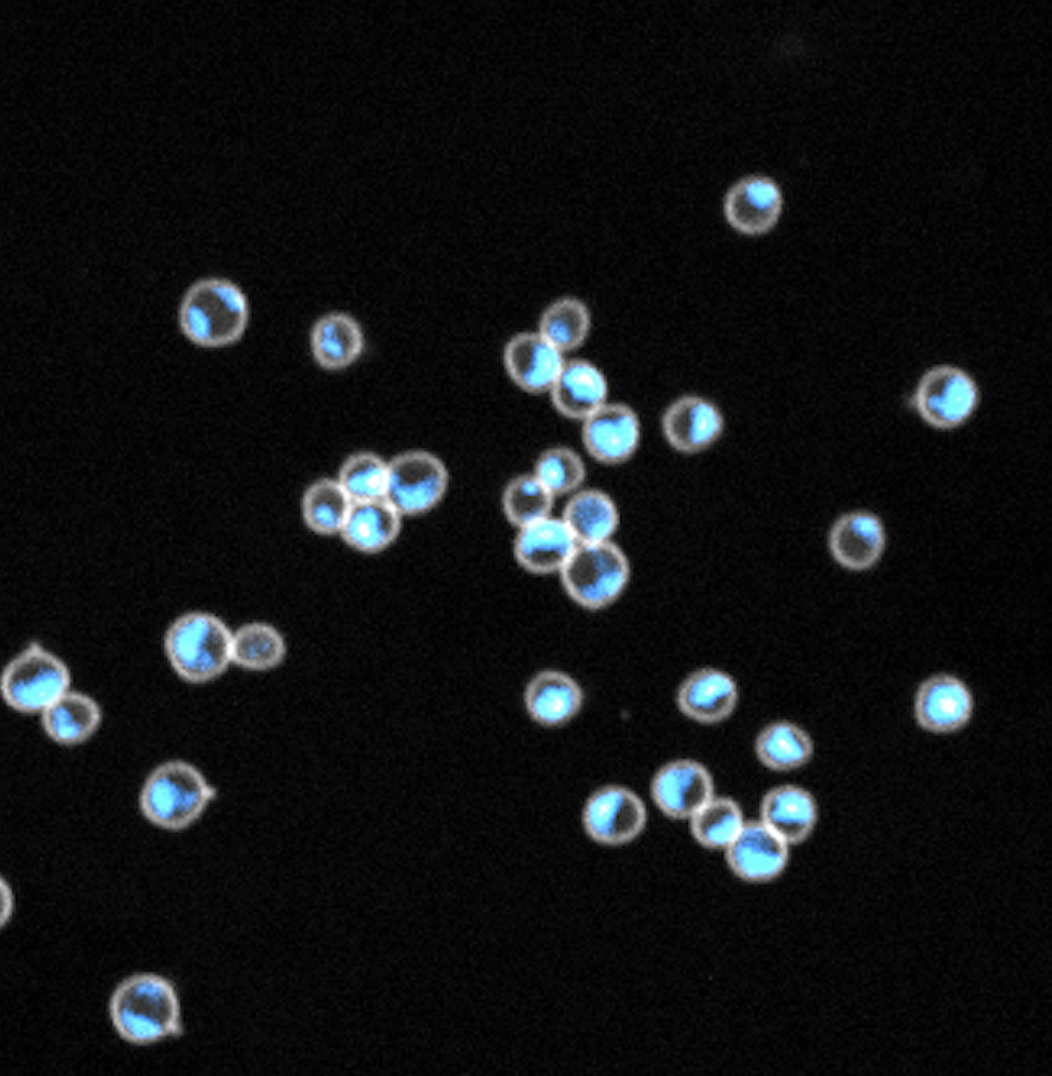Asgard Archaea were recently identified as the closest living relatives of modern-day eukaryotes. Remarkably, the genomes of Asgard Archaea encode close homologues of many proteins previously thought to be unique to Eukaryotes, including Ubiquitin, ESCRT I, II and III. In addition, the first members of the Asgard Archaea to be cultured and imaged were found to have extraordinary shapes – with long thin protrusions that are thought to mediate the exchange of material with other cells, emanating from a central cell body where the genome is housed. Understanding the cell biology of these fascinating organisms remains challenging because Asgard Archaea grow slowly under anaerobic conditions, and in many cases depend on metabolic exchange with partners in mixed cultures. Undeterred, Fraser MacLeod and Iain Richard are growing Asgard archaeal enrichment cultures with the aim of exploring a number of important questions in archaeal cell biology. In doing so, they also hope to shed new light on the origins of eukaryotes, putting the “inside-out model of eukaryogenesis” to the test.
People Involved: Fraser MacLeod, Iain Richard
Collaborators: Brendan Burns, Iain Duggin
Asgard archaea live in complex microbial communities
In which, they interact with a diverse array of micro-organisms
Such interactions are thought to have shaped the early evolution of eukaryotes…


We aim to elucidate how complex life arose. Doing so promises to give us a deeper understanding of fundamental biology and insights into our origins.
Recent advances in genome sequencing and computational analysis have uncovered the close evolutionary relationship between Eukaryotes and Asgard archaea – as shown in this analysis of ESCRT evolution.

Archaeal Cell Biology
Archaea are everywhere. While Archaea remain the most poorly understood domain of life on Earth, recent work has shown that…
Cell Division in Archaea
Cell division is the process by which one cell becomes two. It is the most complex event in the life…

